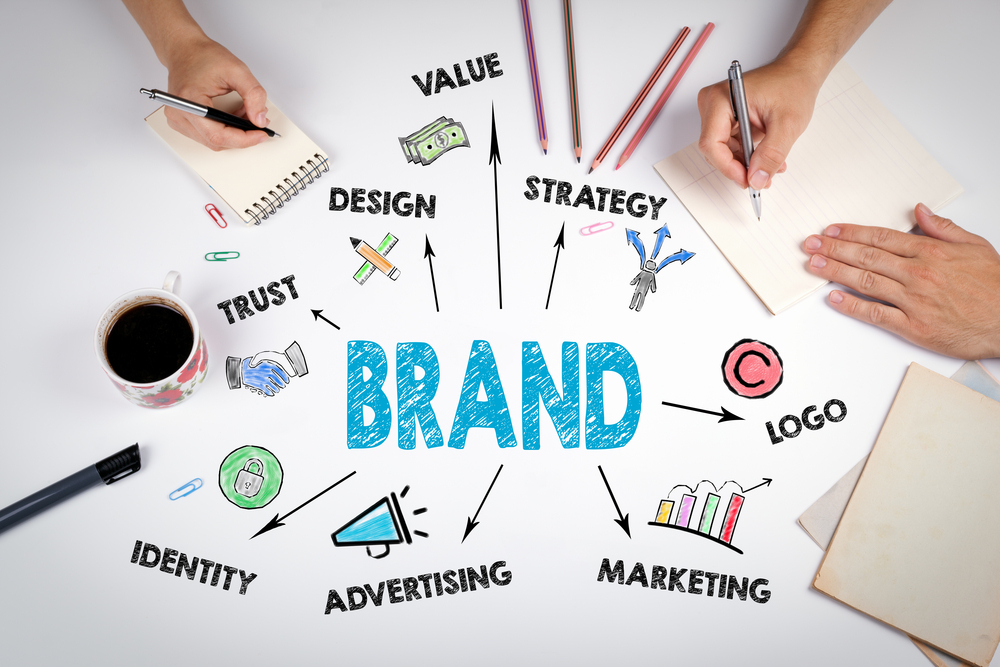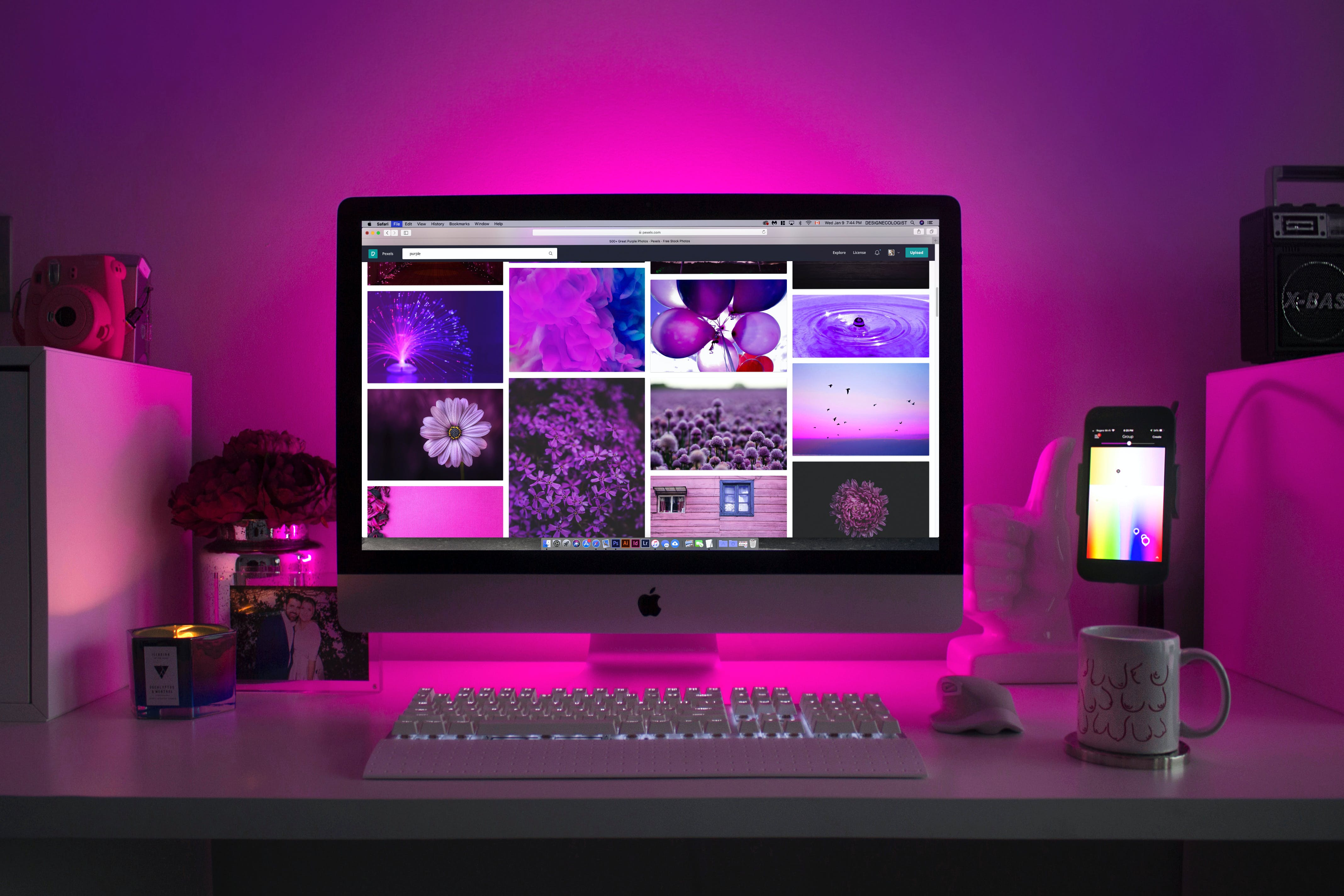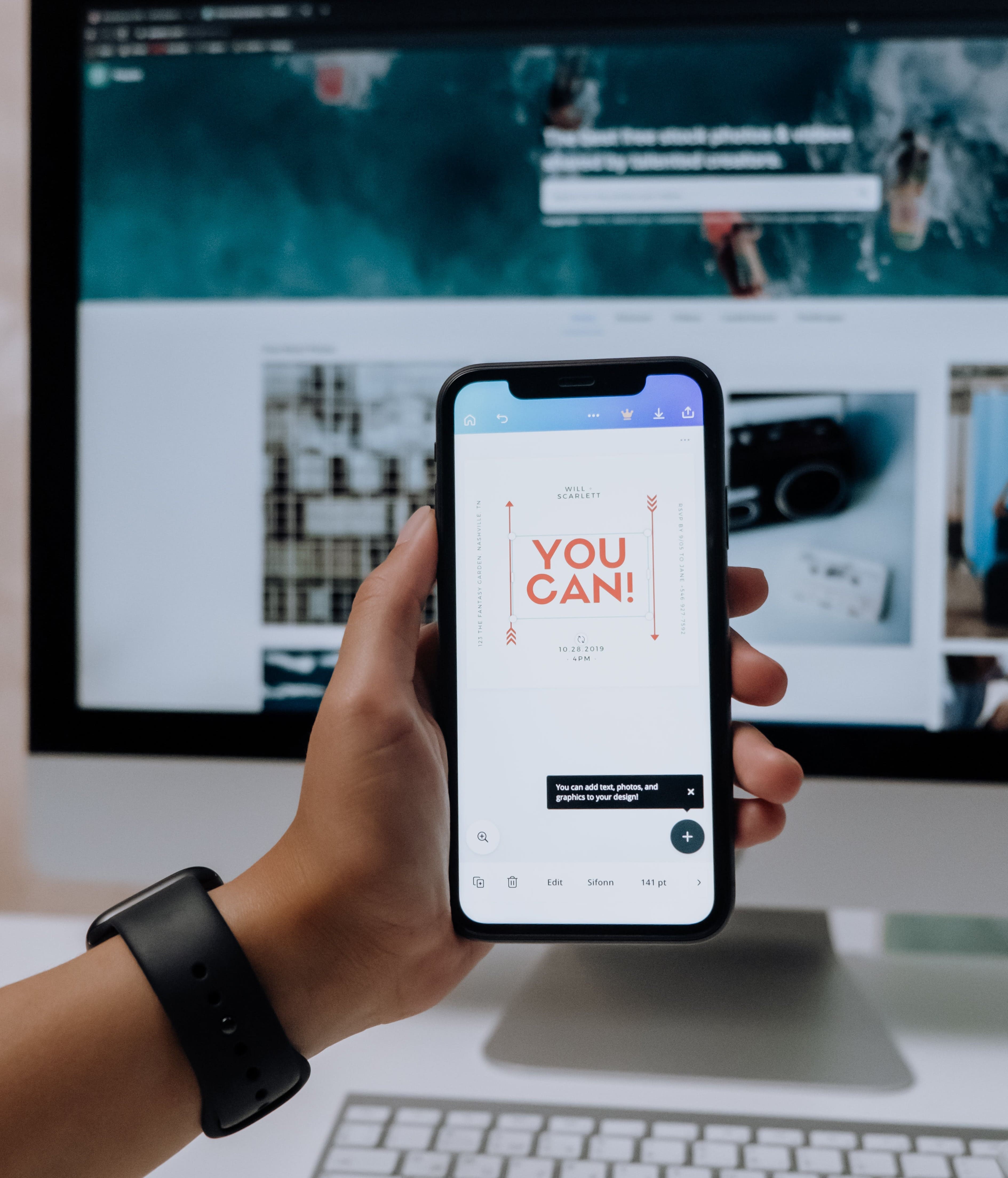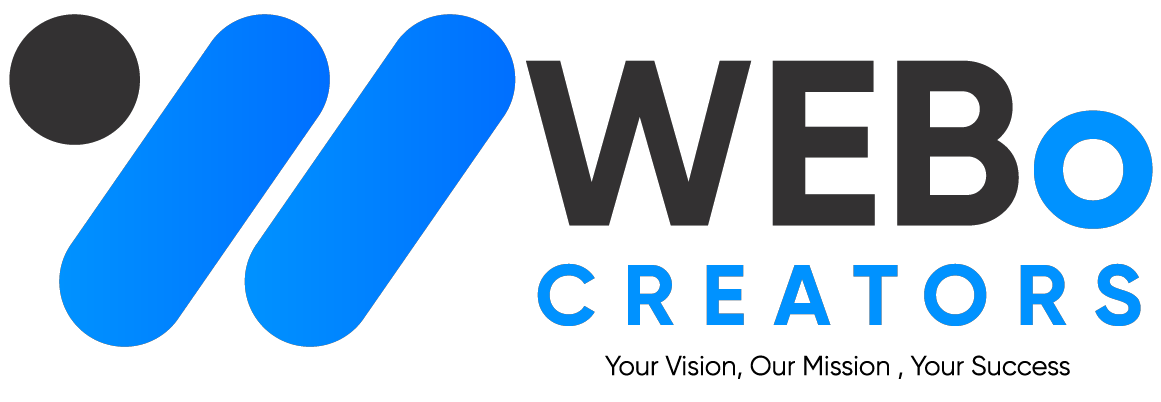
Expand Your Brand with Exceptional Design Services : User-Centric Brilliance
The undeniable importance of accessibility extends to practically every sector as our dependence on web and digital UI UX design services intensifies. The crucial need to ensure the web is an accessible space has led some companies to completely abandon analog services.
Before we delve into crafting accessible online tools, let's first understand what accessibility is, why it's vital, who it impacts, and the challenges people face when it's not given priority.
What is accessibility?
Accessibility, in broad terms, ensures that anyone, regardless of their situation, can use a product, service, experience, information, or anything else. Although not a new concept, it has gained unprecedented relevance with the rise of the Internet. The new generation of technology professionals must be equipped to create inclusive designs that guarantee equal access for everyone.
Common reasons necessitating accessibility include visual, hearing, motor, or cognitive disabilities. However, designing truly accessible websites goes beyond, addressing specific needs for diverse demographics like children and seniors.
Now, before we explore accessible designs for various sectors, let's underscore the importance of accessibility.
Why is accessibility important?
Accessibility is the key to ensuring that everyone, regardless of age, economic status, disability level, or gender, can access the same services. In the case of public services like immigration and health, it becomes even more crucial for people to understand their rights.
We must strive to ensure that everyone has the opportunity to be an active member of society in all aspects, including web design.
Accessibility in web design
With the exponential growth in the importance of the Internet, especially after the COVID-19 pandemic, the need for accessibility in web design has become more critical than ever. The internet is a powerful tool for spreading information, learning, and connecting, but this potential is only realized when the experience is uniform for all users.
- Perceptible: Users should be able to perceive information through one of their senses; for example, websites with text should also offer an audio option for deaf users.
- Understandable: Content must be understandable to the intended audience; for websites targeting immigrants, ensuring information is available in multiple languages makes this task easier.
- Operable: If someone can only use the computer by voice, the website should function the same as it would for someone who can use a keyboard or mouse.
- Robust: The website must function equally for everyone, providing a satisfactory experience regardless of disabilities.
While people often use "accessibility" and "usability" interchangeably, they differ. Usability focuses on the effectiveness, efficiency, and satisfaction of a design, while accessibility prioritizes that all users, irrespective of their disability, can use the design correctly.
Accessible web designs
Now that we've explained what accessibility is and why it's important, especially in web design, let's delve into specific cases and provide suggestions. We'll start by addressing specific disabilities and also consider common barriers that are often overlooked.
Note: People's levels of disability vary considerably, from complete blindness to challenges in color distinction; therefore, designs must cater to diverse needs.
Visual accessibility
When designing a website, consider individuals who have difficulty distinguishing similar colors; incorporating multiple elements in the design is recommended. For example, use both the color red and the word "Error" to communicate a failure to the user.
For completely blind individuals, including accessibility options that read the content of the website is transformative. However, for websites with many images or a menu, ensure there's an accessible version that can also convey that information to the user.
Hearing accessibility
Creating an accessible design for deaf and hard-of-hearing users requires careful planning: using subtitles that are reviewed, synchronized, and correctly display what is being said in videos is essential. Additionally, if phone contact is the only method, consider adding an email or chat option for inclusive access to your company.
Motor accessibility
People with motor disabilities may experience challenges such as tremors, involuntary movements, paralysis, lack of coordination, or limb absence, making website use difficult. Advances such as custom keyboards with more space between keys or different types of mice have addressed some of these issues. Designers must ensure that all functions are available through the keyboard, considering software that aids navigation.
Cognitive accessibility
Cognitive disabilities also benefit from personalized web experiences. Implementing a clear layout on the site with easily readable buttons and tabs is crucial. For example, a large amount of text can overwhelm users with dyslexia. Provide information in various formats (infographics, videos, etc.) and use simple language.
Environmental accessibility
Consider users who might need services in places without Wi-Fi or coverage. Offering offline services and the ability to browse without entering personal information makes your website more inclusive.
Educational accessibility
Create content that suits the knowledge levels of diverse audiences. Use simple, explanatory language, and go into detail only when necessary. This is crucial when creating content for children, ensuring it's engaging and age-appropriate.
Linguistic accessibility
Ensure users have equal access to information and services regardless of their native language. Quality translations, videos with subtitles, and language-specific contact methods are priorities, especially for government, immigration, or refugee services.
Casual Accessibility
Consider users who may need to access your services in different environments. Provide options to adjust brightness, font size, or use a black-and-white setting for a more user-friendly experience.
Tips to improve web accessibility
- Include people with different disabilities, ages, and educational levels when creating buyer profiles.
- Always include alt text on images and graphics.
- Research the choice of colors and font size before making a decision or include the option to adjust the size.
- Ensure the site has a mobile version.
- Provide quality transcriptions and subtitles on videos and anything with audio.
- Implement a clear and simple design and language.
1. Unveiling the Power of Exceptional Design
Explore the foundational aspects that define exceptional design services and their profound impact on brand elevation. Learn how a strategic design approach can set your brand apart in a competitive market.
2. The 2024 Design Landscape: Trends and Innovations
Stay ahead of the curve by delving into the latest design trends and innovations shaping the digital realm in 2024. From immersive user experiences to minimalist aesthetics, discover what resonates with modern audiences.
3. Human-Centric Design: A User-Focused Approach
Unlock the potential of human-centric design principles to create interfaces that captivate and engage users. Understand the psychology behind design choices that resonate with diverse audiences.
4. SEO-Friendly Design: Optimizing for Online Visibility
In an era dominated by online presence, delve into strategies for crafting SEO-friendly designs. Learn how thoughtful design choices can contribute to improved search engine rankings and increased organic traffic.
5. Navigating Accessibility: Inclusive Design Practices
Explore the importance of accessibility in design and how inclusive practices can broaden your brand's reach. Understand the impact of accessible design on user satisfaction and overall brand perception.
6. Visual Storytelling: Crafting Compelling Narratives
Discover the art of visual storytelling and its role in conveying brand messages effectively. Learn how compelling narratives through design can resonate with your target audience and foster brand loyalty.
7. Measuring Design Success: Key Metrics and Analytics
Dive into the realm of design analytics and metrics to gauge the success of your efforts. Understand how data-driven insights can refine your design strategy and continually enhance your brand's visual identity.
8. Future-Proofing Your Brand: Adapting to Emerging Technologies
Anticipate the future by exploring emerging technologies in design. From augmented reality to interactive interfaces, stay prepared to adapt and innovate, ensuring your brand remains relevant in the ever-evolving landscape.
Creating accessible content is an essential requirement. When committed to creating truly accessible web designs, your audience will grow, and more people will be able to enjoy your product or service. If you're ready to take the next step into high-quality, accessible web design, Ironhack’s UI UX Design services bootcamp is the ideal choice for you.
Frequently Asked Questions about Accessibility
- Q: What is the significance of accessibility in web design?
- A: Accessibility in web design ensures that everyone, regardless of their abilities or disabilities, can access and interact with online content. It promotes inclusivity and equal opportunities for all users.
- Q: Why is accessibility important in the digital landscape of 2024?
- A: The increasing dependence on digital services makes accessibility crucial in 2024. As more activities shift online, ensuring that web design is accessible becomes essential for a broader user base.
- Q: How does visual accessibility impact website design?
- A: Visual accessibility considerations involve making design choices that accommodate users with color blindness or visual impairments. Techniques like using contrasting colors and providing alternative text for images enhance visual accessibility.
- Q: What are the key elements of cognitive accessibility?
- A: Cognitive accessibility focuses on creating a web experience that is easily understood by users with cognitive disabilities. Clear layouts, simple language, and the use of various formats (infographics, videos) contribute to cognitive accessibility.
- Q: How can web designers address motor accessibility challenges?
- A: Designing for motor accessibility involves ensuring that users with motor disabilities can navigate and interact with a website. This may include providing keyboard-friendly alternatives and considering the use of assistive technologies.
- Q: Why is linguistic accessibility a priority for certain services?
- A: Linguistic accessibility ensures that users can access information and services regardless of their native language. This is particularly crucial for government, immigration, or refugee services where quality translations and language-specific contact methods are essential.
- Q: What are some practical tips for improving web accessibility?
- A: Practical tips include involving diverse user profiles in the design process, always including alt text on images, researching color and font choices, ensuring mobile responsiveness, and providing quality transcriptions and subtitles for multimedia content.




